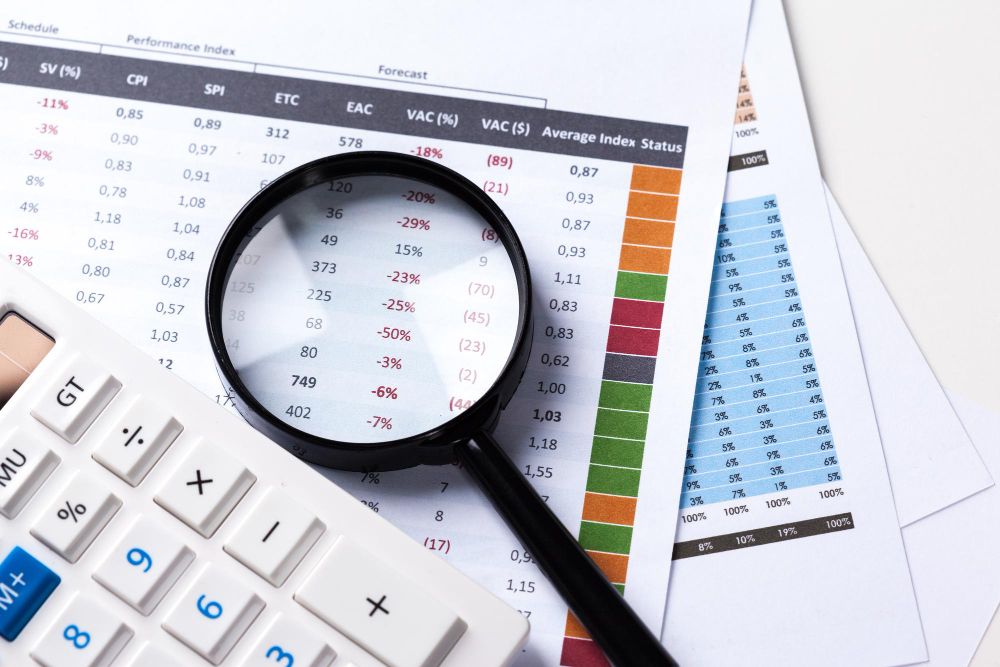In today’s fast-paced financial ecosystem, the ability to swiftly and accurately evaluate banking data has become critical for institutions and enterprises alike. From loan underwriting and credit scoring to budgeting and fraud detection, the insights extracted from bank statements can shape crucial decisions. This is where a bank statement analyser steps in—not just as a tool, but as a transformative solution.
Why Accuracy Matters in Bank Statement Analysis
Bank statements, though seemingly straightforward, hold immense volumes of granular data. Each line item—whether it’s a transaction, debit, credit, or charge—offers contextual clues about an individual or business’s financial behavior. Errors in capturing, interpreting, or categorizing this information can lead to misguided decisions. Inaccurate analysis might result in lending risks, compliance issues, or flawed financial projections.
Traditional methods of analysing bank statements—often manual and spreadsheet-driven—are time-consuming and susceptible to human error. Even with teams of analysts combing through statements, inconsistencies can slip through. That’s why organizations are increasingly relying on digital bank statement analysers that automate and standardize this complex task.
What is a Bank Statement Analyser?
A bank statement analyser is a digital solution designed to automatically extract, interpret, and categorize data from digital or scanned bank statements. Whether dealing with PDF documents, image files, or direct digital feeds, these platforms use advanced technologies like Optical Character Recognition (OCR), Natural Language Processing (NLP), and Artificial Intelligence (AI) to transform unstructured data into actionable insights.
Beyond basic data extraction, these tools not only categorize transactions but also identify regular patterns, flag anomalies, and present a clean, organized overview of financial behavior. Moreover, the accuracy of these tools ensures that financial professionals no longer have to worry about missed transactions or incorrect summaries.
Key Features That Enhance Accuracy
Modern statement analysers come equipped with multiple features specifically designed to maximize precision and reduce ambiguity:
- High-Precision OCR: By using intelligent OCR capabilities, the analyser accurately reads bank statements, even if they’re scanned or photographed. It adapts to various bank formats, fonts, and layouts, ensuring minimal data loss or misinterpretation.
- Auto-Categorization Algorithms: Every transaction is categorized in real-time—whether it’s a salary, rent payment, utility bill, or business expense. This removes the need for manual sorting and helps financial institutions quickly gauge spending behavior.
- Transaction Pattern Recognition: The tool learns from historical data to detect recurring transactions and patterns. This insight helps in identifying cash flow cycles, income consistency, or financial risk flags like bounced payments.
- Multi-format Compatibility: Whether the statement comes in a standard PDF, image file, or via direct API integration from banks, the analyser accommodates all formats, standardizing them into a uniform data structure.
- Validation and Duplication Checks: To avoid redundancies or errors, the tool includes validation layers that identify duplicate entries, missing information, or inconsistencies in figures.
Benefits Across Use Cases
A robust bank statement analyser is not just an asset for banks. Its applications span across fintech platforms, NBFCs, accounting firms, and enterprise finance teams. Here’s how:
- Lending and Underwriting: Financial institutions use analysers to evaluate an applicant’s financial strength within minutes. Automated income verification, expense tracking, and cash flow summaries empower faster and more accurate loan decisions.
- Credit Risk Assessment: By offering a clear view of liabilities, defaults, and transactional behavior, analysers help underwriters gauge creditworthiness with high confidence.
- Accounting and Taxation: Accountants save hours of manual effort by extracting reconciled figures directly from multiple statements, all while ensuring compliance with regulatory frameworks.
- Fraud Detection: Suspicious activities—like inconsistent income entries or unusual fund transfers—can be flagged automatically, alerting teams to potential fraud or misreporting.
- Personal Finance Management: Even individual users or financial advisors can leverage analysers for budgeting, tracking expenditures, and planning investments.
Enhancing Speed Without Sacrificing Precision
One of the primary advantages of using a digital bank statement analyser is the drastic reduction in turnaround time. What traditionally took hours or even days—sorting transactions, categorizing data, spotting red flags—now happens in seconds. This speed, however, doesn’t come at the cost of accuracy. On the contrary, automation minimizes the common errors associated with manual entry.
Moreover, when paired with AI-driven dashboards and visualization tools, these analysers provide summaries, charts, and key financial indicators that make data interpretation effortless. Decision-makers don’t just get raw data—they receive actionable insights.
Scalability and Integration
Another strength of advanced analysers lies in their ability to scale. Whether a small business analyses a few dozen statements a month or a large institution processes thousands, the platform delivers consistent performance. Additionally, API integration allows seamless embedding into CRMs, lending platforms, ERP systems, or accounting software, creating a unified ecosystem.
This integration ensures that the entire financial workflow—from client onboarding to final reporting—remains smooth, secure, and fully automated.
Final Thoughts
A bank statement analyser is no longer a luxury; it is an essential tool in the modern financial toolkit. Whether you’re a lender seeking better risk insights, an accountant pursuing accuracy, or a fintech platform streamlining user verification—these tools provide unmatched precision, speed, and reliability.
By reducing errors, enhancing decision quality, and saving time, they redefine how financial data is handled and interpreted. In a world where every transaction tells a story, the right analyser ensures you never miss a single line.




